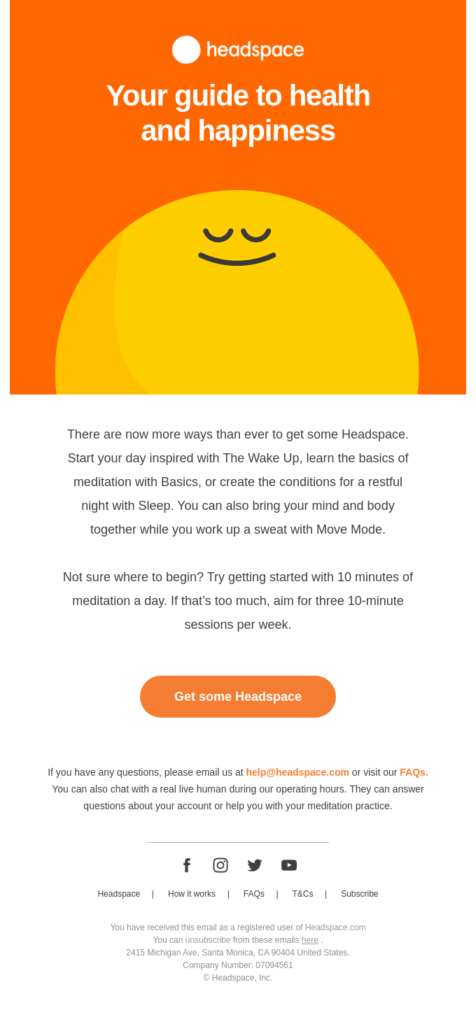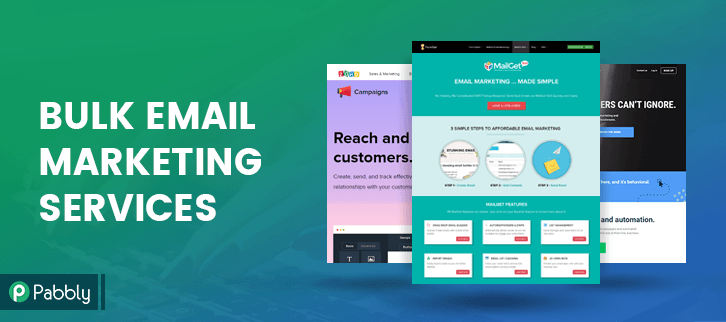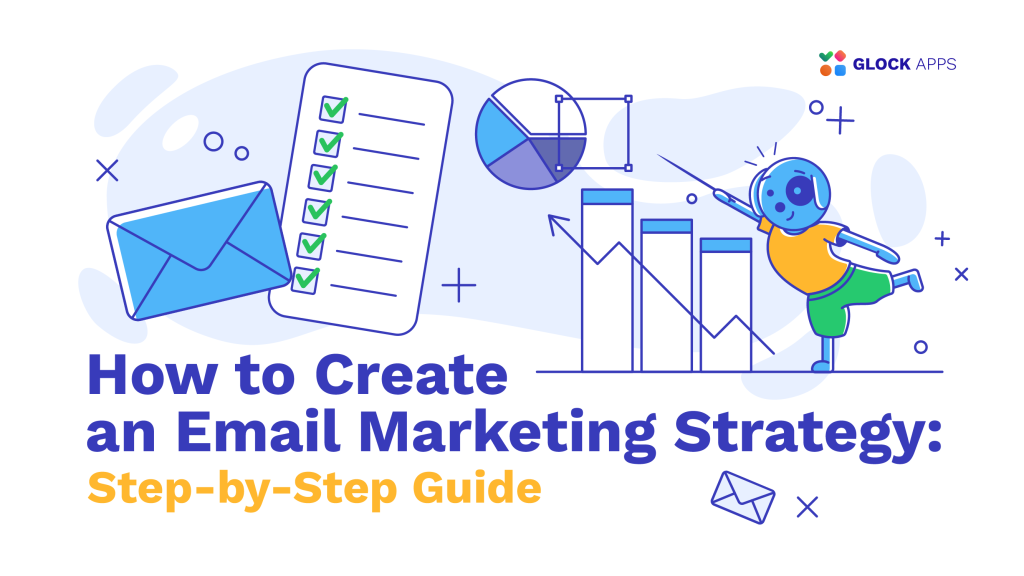Creating a bulk email marketing campaign involves sending a large number of emails to a targeted audience. It’s an effective way to reach many customers quickly.
Email marketing is powerful. With the right strategy, you can engage and convert your audience. A bulk email campaign can help you promote products, share news, or build relationships. But where do you start? How do you ensure your emails get opened and read?
In this guide, we’ll walk you through the steps to create an effective bulk email marketing campaign. We’ll cover planning, content creation, and best practices. Let’s get started on making your email marketing successful and impactful.

Credit: automizy.com
Introduction To Bulk Email Marketing
Bulk email marketing is a powerful tool for reaching many people quickly. It’s a cost-effective way to communicate with your audience. It helps businesses stay connected with customers and prospects. In this post, learn what bulk email marketing is and its benefits.
What Is Bulk Email Marketing?
Bulk email marketing involves sending emails to a large group of recipients at once. It’s a method used by businesses to promote products, services, or events. These emails can include newsletters, promotions, or updates.
Typically, these emails are sent using specialized email marketing platforms. These platforms allow for easy management of large email lists. They also offer features like automation, scheduling, and tracking.
Benefits Of Bulk Email Marketing
Using bulk email marketing can offer several key benefits:
- Cost-effective: It is cheaper than traditional advertising methods.
- Wide reach: Send messages to a large audience quickly.
- Personalization: Customize emails to target specific segments.
- Measurable: Track open rates, clicks, and other metrics easily.
- Engagement: Regular emails help keep your audience engaged.
Below is a table summarizing these benefits:
| Benefit | Description |
|---|---|
| Cost-effective | Lower costs than traditional advertising. |
| Wide reach | Send to large groups quickly. |
| Personalization | Tailor messages for specific segments. |
| Measurable | Track performance metrics easily. |
| Engagement | Keep your audience engaged. |
Bulk email marketing is a versatile and powerful tool. It helps businesses reach their goals efficiently. By understanding its benefits, you can create effective campaigns that drive results.
Setting Goals
Setting clear goals is vital for a successful bulk email marketing campaign. Goals provide direction and help measure success. Without defined goals, campaigns can lack focus and effectiveness. Start by understanding what you want to achieve with your campaign. Then, break down these goals into smaller, manageable steps.
Identifying Target Audience
Knowing your target audience is crucial. Identify who will benefit from your message. Consider their demographics, interests, and behaviors. Tailor your content to meet their needs and preferences. This will increase engagement and response rates. Use tools like surveys and analytics to gather data about your audience.
Defining Campaign Objectives
Set specific objectives for your campaign. These could be increasing sales, growing your subscriber list, or promoting a new product. Make sure your objectives are measurable. Use metrics like open rates, click-through rates, and conversion rates to track progress. Clear objectives will guide your strategy and improve your results.
Building An Email List
Building an email list is crucial for a successful bulk email marketing campaign. Your email list is your audience. It is the people who will receive your messages. The more targeted your list, the better your results will be.
Methods To Collect Emails
There are many methods to collect emails. One effective way is through signup forms. Place these forms on your website or blog. Offer something in return. A free ebook, a discount, or exclusive content. This gives visitors a reason to sign up.
Another method is through social media. Promote your signup form on your social channels. Engage with your followers and invite them to join your email list. You can also run contests or giveaways. This can boost your email signups quickly.
Events are another great method. Collect emails at webinars, trade shows, or local events. Ask attendees if they want to join your list. They have already shown interest in your topic. This makes them ideal subscribers.
Ensuring List Quality
Quality is key. Make sure your email list is up-to-date. Remove inactive or invalid emails. This improves your deliverability rates. It also keeps your list clean and relevant.
Segment your email list. Group your subscribers based on their interests or behavior. This allows you to send more personalized emails. Personalized emails have higher engagement rates. They are more likely to be opened and read.
Always get permission. Only add people who have opted in. This is important for compliance with email marketing laws. It also ensures that your audience wants to hear from you. This leads to better engagement and fewer unsubscribes.
Choosing An Email Marketing Platform
Choosing the right email marketing platform is key to a successful bulk email campaign. The platform you select will impact your email deliverability, design options, and tracking abilities. Let’s explore some popular platforms and the features you should consider.
Popular Platforms
Here are some of the most popular email marketing platforms:
- Mailchimp – User-friendly and versatile.
- Constant Contact – Excellent for small businesses.
- Sendinblue – Great for automation.
- AWeber – Ideal for beginners.
- GetResponse – Comprehensive and flexible.
Features To Look For
When choosing an email marketing platform, consider the following features:
| Feature | Description |
|---|---|
| Ease of Use | Intuitive interface and simple navigation. |
| Email Templates | Pre-designed templates for quick setup. |
| Automation | Automated workflows to save time. |
| Analytics | In-depth reporting to track performance. |
| Deliverability | High deliverability rates to ensure your emails reach inboxes. |
| Customer Support | Reliable support to solve issues quickly. |
Choosing the right platform involves evaluating these features and matching them to your needs. Different platforms offer varying strengths and weaknesses. Consider your specific requirements and budget.
Creating Engaging Content
Crafting engaging bulk email marketing campaigns involves clear, concise content. Focus on creating relevant, personalized messages. Use catchy subject lines to grab attention.
Creating engaging content is key to a successful bulk email marketing campaign. Without it, your emails risk being ignored or deleted. Engaging content grabs attention and keeps readers interested. It also increases the chances of your message being read and acted upon.Crafting The Subject Line
The subject line is the first thing your audience sees. It should be clear and intriguing. Aim for a length of 6-10 words. This ensures it is visible on most devices. Avoid using too many punctuation marks. They can make your email look like spam. Use action words to prompt readers to open your email. Ask a question to pique their curiosity. Personalized subject lines can also boost open rates. Use the recipient’s name or location.Designing Email Templates
Email templates should be visually appealing and easy to read. Use a clean, simple layout. Avoid cluttering the email with too much information. Break up text with subheadings and bullet points. This makes it easier to scan. Use images to complement your text. Ensure they are high quality and relevant. Make sure your email is mobile-friendly. Many people read emails on their phones. Test your template on different devices and email clients. This ensures it looks good everywhere. Remember, engaging content is not just about what you say but also how you present it. Crafting a compelling subject line and designing attractive email templates can make a big difference.
Credit: kwork.com
Personalization And Segmentation
Personalization and segmentation are crucial for a successful bulk email marketing campaign. They help tailor your messages to meet the specific needs of different audience groups. This approach not only increases engagement but also boosts conversion rates. Let’s explore the benefits and techniques of personalization and segmentation in detail.
Benefits Of Personalization
Personalization makes your emails more relevant to each recipient. It can include using the recipient’s name or referencing past purchases. Personalized emails have higher open rates. They also improve click-through rates. Personalization can build stronger relationships with your audience. This leads to increased loyalty and repeat business.
Effective Segmentation Techniques
Segmentation divides your email list into smaller groups. These groups share common characteristics. One technique is to segment by demographic information. This includes age, gender, or location. Another technique is to use behavioral data. This includes past purchases or email engagement history.
You can also segment by customer journey stage. This ensures that new subscribers get different emails than loyal customers. Another effective technique is to use survey or preference data. This helps you understand what your audience wants to hear from you.
By combining these techniques, you create highly targeted email campaigns. This increases the relevance and effectiveness of your messages.
Sending And Scheduling
Sending and scheduling bulk email marketing campaigns are crucial steps in ensuring your messages reach your audience effectively. By understanding the best times to send emails and utilizing automation tools, you can optimize your email marketing strategy. This section will guide you through the process of sending and scheduling your bulk emails for maximum impact.
Optimal Sending Times
Timing is essential in email marketing. The best time to send emails can vary based on your audience’s habits. Studies show that emails sent on weekdays, especially Tuesday and Thursday, perform better. Morning hours, around 10 AM, often see higher open rates. Experiment with different times to see what works best for your audience.
Automation Tools
Using automation tools can make the process of sending bulk emails much easier. These tools help you schedule your emails in advance. You can set up triggers based on user actions, such as signing up for a newsletter. Some popular tools include Mailchimp, Sendinblue, and HubSpot. These platforms offer features like A/B testing, segmentation, and detailed analytics.
Automation tools save you time and ensure consistency. They allow you to focus on crafting engaging content rather than managing manual sends. Choose a tool that fits your needs and integrates well with your existing systems.
Tracking And Analyzing Results
Tracking and analyzing the results of your bulk email marketing campaign is vital. It helps you understand the effectiveness of your efforts. Insights from tracking can guide improvements for future campaigns. Accurate tracking allows you to see what works and what doesn’t.
Key Metrics To Monitor
Monitoring key metrics can provide a clear picture of your campaign’s performance. Here are some essential metrics to track:
- Open Rate: Measures the percentage of recipients who opened your email.
- Click-Through Rate (CTR): Indicates the percentage of recipients who clicked on a link within the email.
- Bounce Rate: Shows the percentage of emails that were not delivered.
- Unsubscribe Rate: Tracks the number of recipients who opted out of your email list.
- Conversion Rate: Measures the percentage of recipients who completed a desired action, like making a purchase.
- Spam Complaints: Indicates how many recipients marked your email as spam.
Improving Future Campaigns
Analyzing results is the first step to improving future email campaigns. Use the insights gained to refine your strategy. Here are some tips:
- Segment Your Audience: Group your email list based on demographics or behavior. Tailor your content to each segment for better engagement.
- Test Different Elements: Use A/B testing to try different subject lines, email designs, or sending times.
- Personalize Your Emails: Use the recipient’s name and personalize content to make emails more engaging.
- Optimize for Mobile: Ensure your emails are mobile-friendly. Many users check emails on their phones.
- Analyze Feedback: Pay attention to feedback and spam complaints. Adjust your content and strategy accordingly.
By tracking and analyzing results, you can continually improve your email marketing efforts. This helps you engage your audience better and achieve your campaign goals.

Credit: www.pabbly.com
Frequently Asked Questions
What Is Bulk Email Marketing?
Bulk email marketing is sending promotional emails to a large audience. It helps businesses reach many potential customers quickly and efficiently.
How To Create A Bulk Email List?
To create a bulk email list, collect email addresses through sign-up forms, subscriptions, and lead magnets. Ensure your subscribers have opted in to receive emails.
Which Tools Are Best For Bulk Email Campaigns?
Some popular tools for bulk email campaigns include Mailchimp, Sendinblue, and Constant Contact. These tools offer features for creating, sending, and analyzing campaigns.
How To Measure Bulk Email Campaign Success?
Measure success by tracking metrics like open rates, click-through rates, and conversions. Use these insights to improve future campaigns.
Conclusion
Building a bulk email marketing campaign takes careful planning. Always focus on your audience. Craft clear and concise messages. Use engaging subject lines. Segment your email list for better targeting. Monitor your results closely. Adjust your strategy based on feedback.
Stay consistent with your email schedule. Lastly, ensure compliance with email regulations. By following these steps, you can create a successful email marketing campaign. Remember, practice makes perfect. Keep refining your approach for the best results. Happy emailing!




